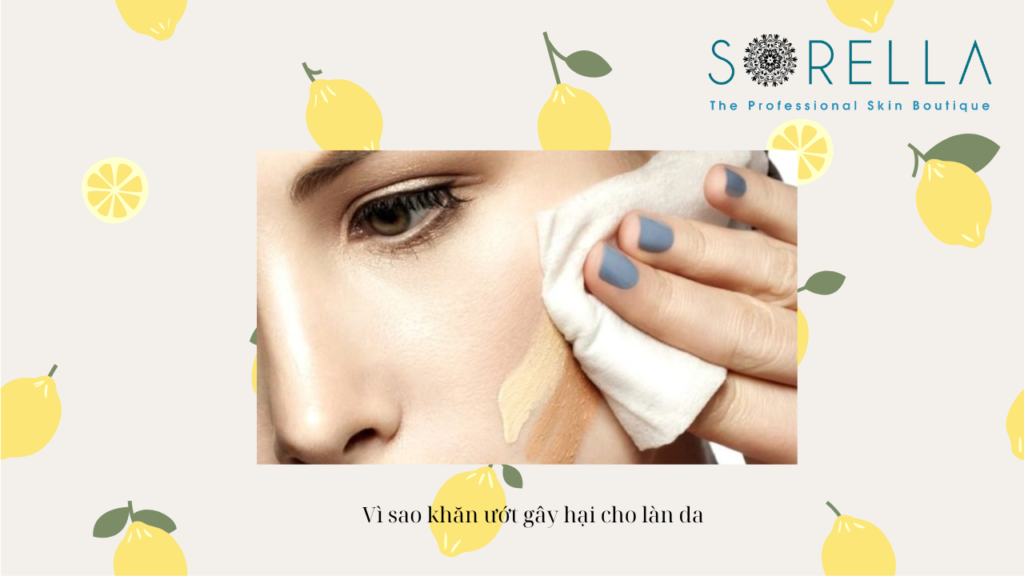If you are interested in multiple-ear piercing pictures on the Internet and are considered to have more than just lobe piercing, but don’t know what piercing you should get or which is the least and the most painful ear piercing. In this article: “Ear Piercing and 14 things about it”, we are going to answer all the questions above so you can have a better understanding of piercing.
The most common ear-piercing
Lobe piercing
If you are new to piercing and want to start easy without any serious risk, a standard lobe placement is the most convenient and approachable option. This piercing is a safe one because it is fast to heal compared to other placements. There are even parent who get this piercing for their toddle, the pain is as hurt as a needle sticking to your arm when you get vaccinated.
However, you should go for a needle pierced instead of a gun, it will make the hole heal faster and more hygienic. Who knows how many ears the gun was pierced before yours!
Helix piercing
One of the young people’s favorite picks after lobe piercing would be a helix. The helix is said to be more painful than the lobe hole, as it is a cartilage placement on the outer upper rim of your ear. However, the cartilage there is pretty thin compared to other places in the ear. It is like a beginner piercing for anyone who wants to start and try cartilage piercing as it tends to be less painful than other types like daith or conch piercing.
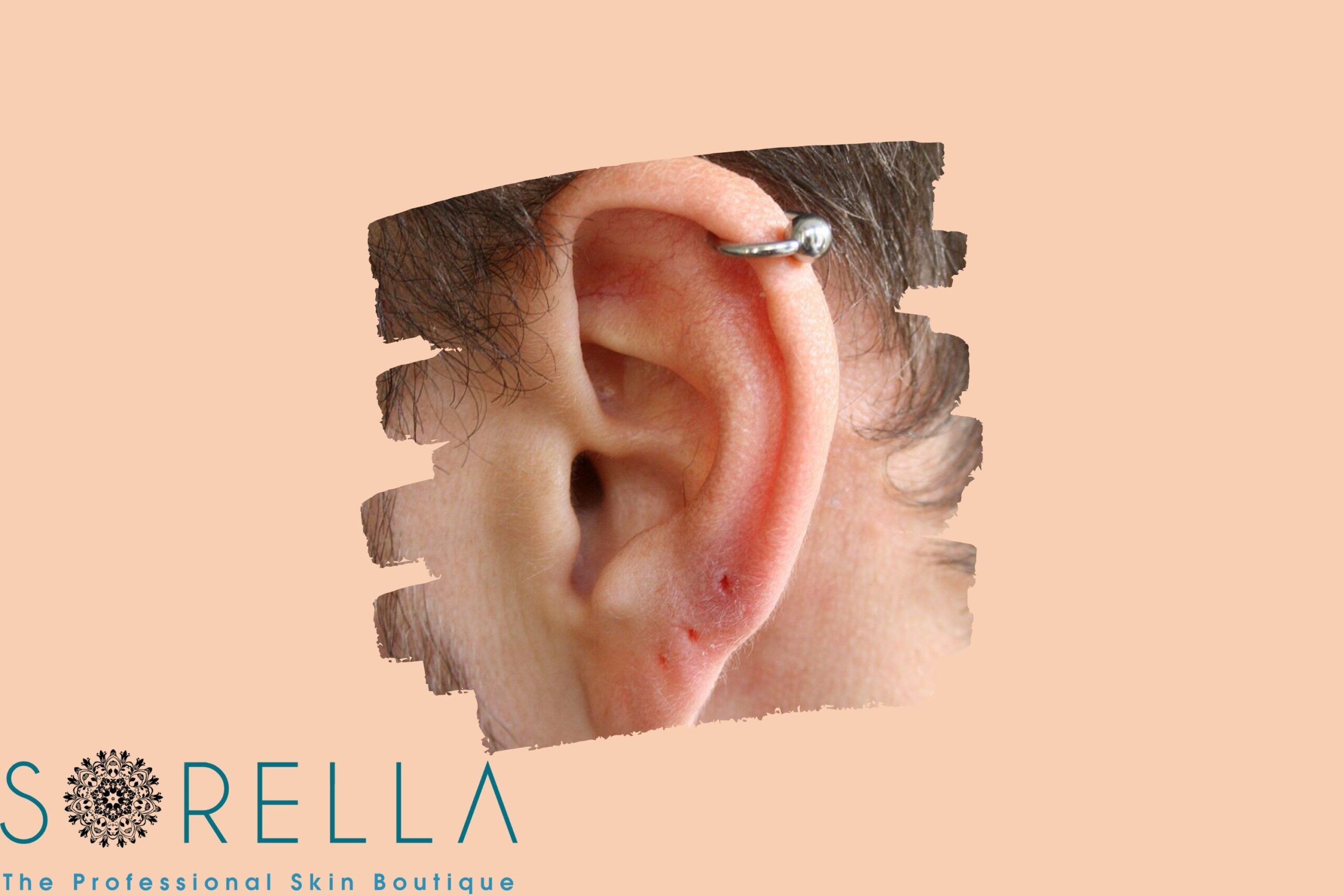
Upper lobe piercing
If you already have a single lobe hole for both ears, still want a new piercing, and are afraid that the painfulness may be caused by helix and other types of ear piercing, an upper lobe hole would do the trick. You can try a new set of earrings and have no worries about the piercing bump. The best of it is upper piercing has the same healing period as the standard, so you can change the earring to your liking after 1-2 months.
Ear piercing rate
Lobe piercing
This is one of the safest placements for piercing, as the lobe is only flesh, there is no cartilage there, which makes it rank low on the pain scale, the rating is around 2-3/10. The uncomfortable only appears during the pierced session when the needle goes through and the aching pressure right after it, after a day, you would be almost nothing there. That is why many people get this piercing instead of another placement for the first time. There are even babies who have lobe piercings!
Helix Piercing
A helix piercing will be the next in line. Because the cartilage there is thinner than other parts of the ear, the helix is considered to be the least painful cartilage piercing. The rate will be around 4-5/10 on the pain scale, and the healing period normally would be around 3-6 months, for some people, it may take a year to fully recover.
However, if you want to get multiple helix placements, it can be more painful than one helix, it even depends on your ear shape and how many cartilage placements you want.
Forward Helix Piercing
The forward helix piercing is positioned on the outer upper ear, specifically above the tragus and across from the hairline. Similar to the traditional helix, it is possible to have multiple piercings in this region, creating a double or triple helix appearance. In terms of pain, a forward helix piercing is typically rated at a 5-6 out of 10 on the pain scale—the healing period for this type of piercing ranges from 3 to 9 months.
Although the recovery process may require some time, once fully healed, the forward helix piercing generally requires minimal maintenance.
Tragus Piercing
The tragus, positioned on the cartilage above the ear canal, is a favored choice for ear piercings among influential celebrities and serves as a fashionable addition to a carefully curated ear. In terms of pain, a tragus piercing ranks relatively low on the scale, typically receiving a rating of 4/10, similar to that of a helix piercing. However, maintaining cleanliness during the healing process can prove to be somewhat challenging.
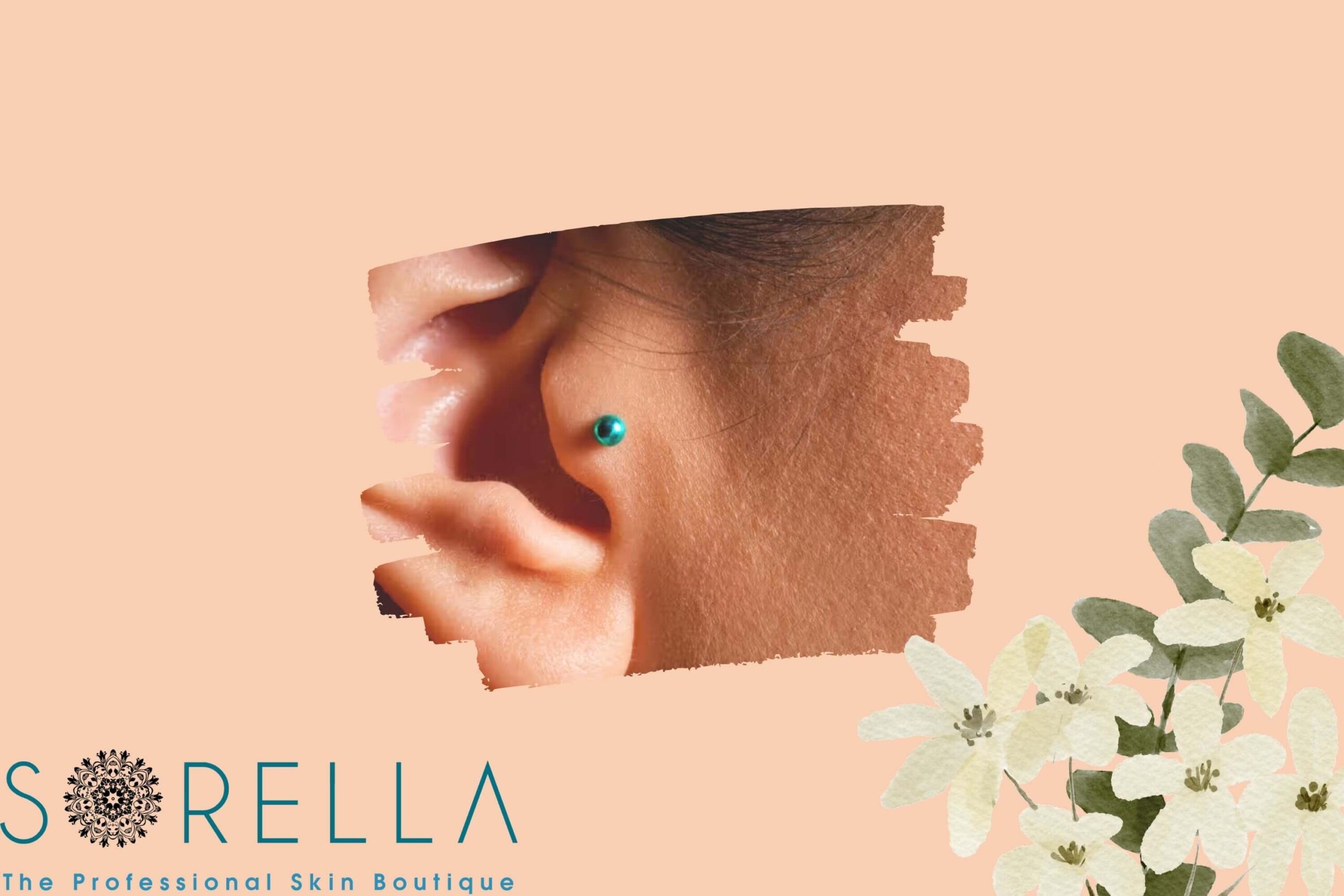
It is important to exercise caution when using earphones, earbuds, or speaking on the phone, as these devices have the potential to irritate the area and cause infection if not properly cared for. It is advisable to refrain from placing any of these objects near or inside your ears during the initial weeks following the piercing. In general, the healing period for a tragus piercing spans from 6 to 12 months.
Daith Piercing
The daith piercing encompasses the innermost fold of cartilage in the ear and is renowned for its potential health benefits. Its name has its origins in Jewish culture, where it translates to “knowledge” or “knowing” in English.
While there is anecdotal evidence suggesting that Daith piercings may alleviate pain for those with chronic migraines, scientific research has yet to substantiate this claim. The Daith piercing is situated on an acupressure point, which could explain why many individuals find relief from this placement.
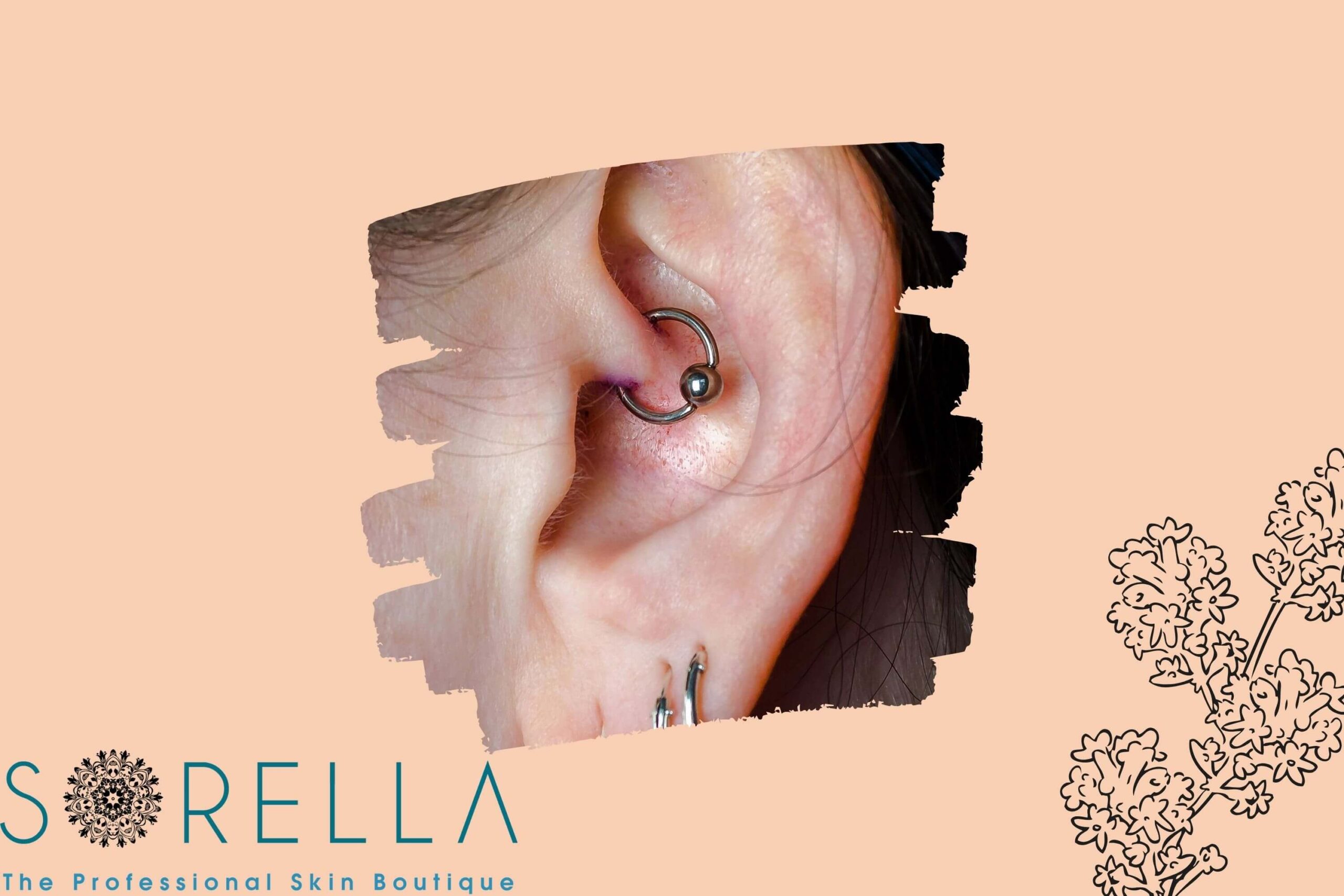
In terms of pain, the cartilage in the area is thicker, which makes more resistance when piercing the skin, so Daith could be more painful than helix or lobe piercing. You can expect a pain level of around 5/10 on the pain scale. Most of the time, the healing process will take 6-9 months. The best about this piercing placement is that, unlike other cartilage types on the outer ears, you can sleep on the side without harming the hole after being pierced a few months into the healing period.
Conch Piercing
A conch piercing is a type of cartilage piercing that is done near the curve of the ear. Depending on the shape of your ear, you can choose to have an inner or outer conch piercing. An inner conch piercing is placed on the flat cartilage inside the ear and is typically adorned with a stud. On the other hand, an outer conch piercing is located right next to the curve of the ear, between the helix and anti-helix, and is often decorated with a hoop earring.
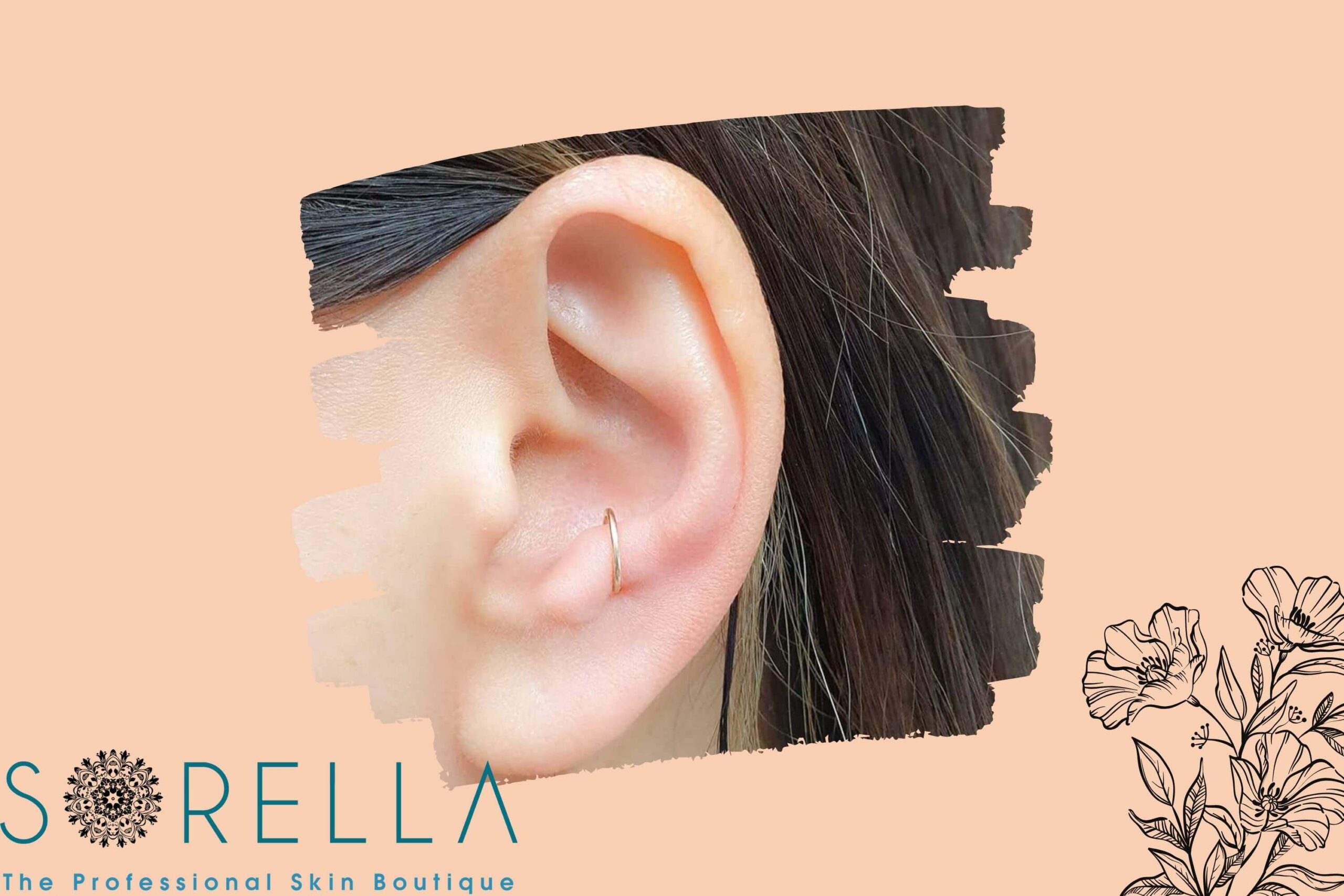
The conch piercing offers ample space for various types of earrings and allows for different styling options due to its placement. This versatility makes it a highly sought-after piercing, particularly for those who want a well-curated ear.
In terms of pain, the conch piercing may be slightly more intense compared to other placements mentioned earlier. This is because of the shape and thickness of the cartilage in this particular area of the ear. Both inner and outer conch piercings are generally rated at a 6/10 on the pain scale. The healing process typically takes around 3-9 months, and it is important not to sleep on the piercing until it has fully healed.
Flat Piercing
The flat piercing, as its name implies, is a type of cartilage piercing situated on the flat region beneath the upper outer rim of the ear. Although it is recommended to get one piercing at a time, having multiple flat piercings enables you to embrace the ear constellation trend and create your unique style.
To adorn these piercings, you will need a stud or a flat-back earring. Due to the thicker cartilage in this area, the level of pain experienced during the piercing process may be higher. On a pain scale, a flat piercing generally ranks at a 6-7 out of 10. The healing process for these piercings can vary, taking anywhere from 3 to 10 months to fully recover.
Industrial Piercing
A classic industrial piercing involves two cartilage piercings on the upper ear linked by a barbell. This particular placement is not recommended for those with a low pain tolerance. The pain level is relatively high due to the thickness of the cartilage and the simultaneous piercing of two holes in the area. On a pain scale, industrial piercing typically rates around 7 out of 10.
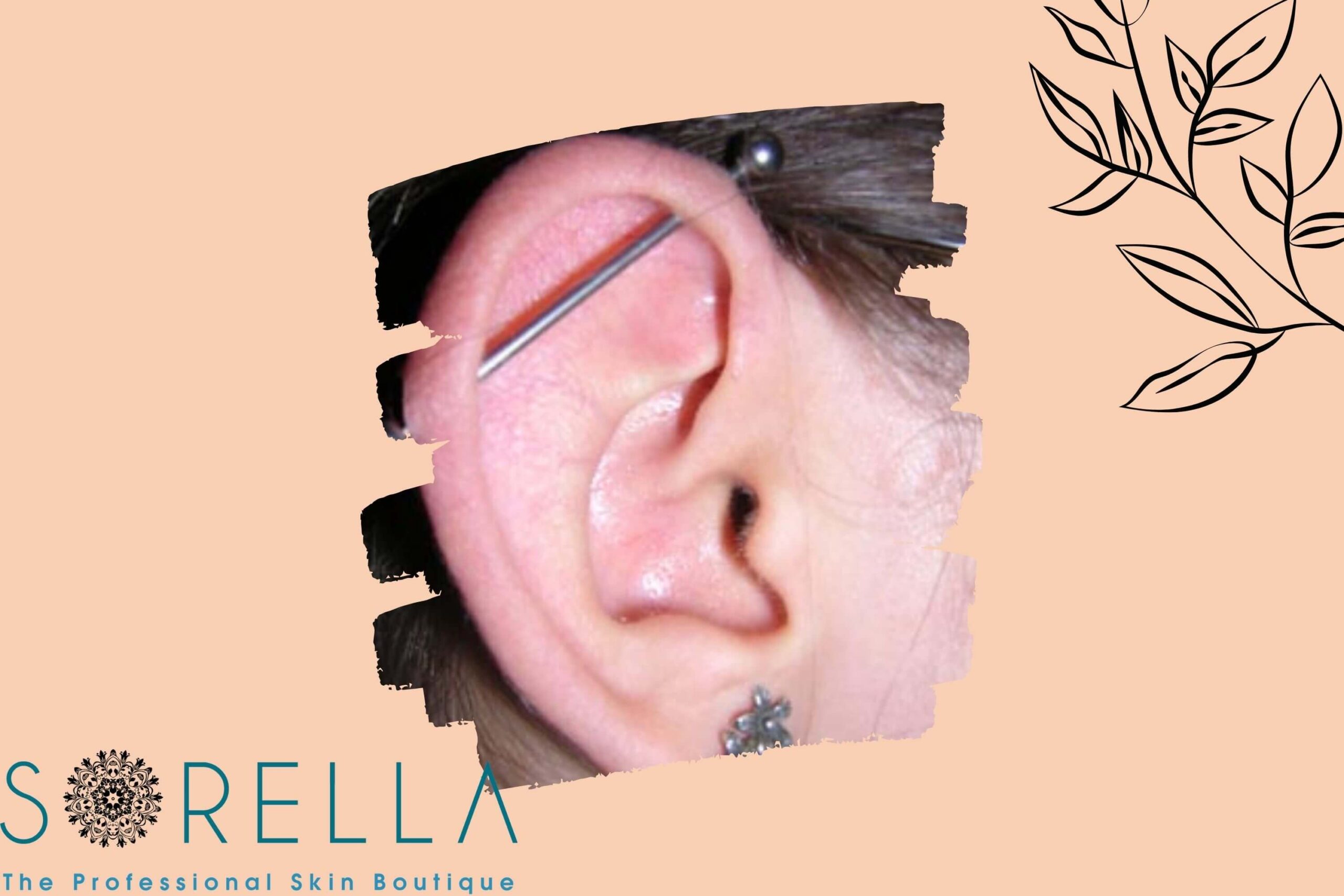
The healing process for these piercings usually lasts between 4 to 6 months, but in some cases, it may take up to a year.
It is worth mentioning that an industrial piercing can consist of any two holes in the ear connected by a barbell. The choice of placement depends on the shape of your ear, so it is advisable to seek advice from a professional to determine whether the traditional positioning or an alternative option is more suitable for you.
Anti-Tragus Piercing
The anti-tragus piercing is located on the small, curved area of cartilage between your ear lobe and tragus. On the pain scale, the anti-tragus ranks at a 6-7/10 and, while attractive, is one of the most sensitive placements you can get. This piercing takes around 6-12 months to fully heal. You should not sleep on this ear and not use earphones, headphones, or earbuds for at least 6 months after getting this piercing. The area will likely be sensitive for up to a year after the hole is created.
What to do before and after pierced
Before piercing
Sleep well
People often decide to get pierced pretty fast, like you see someone with a cool set of earrings, you want to try it, and you decide to have your ear pierced right away, even in the middle of the night.
This decision seems pretty exciting to make, and you want to find out more about the placement you are going to get the next day; it is ideal to be well-rested before the appointment, wake up, and get pierced with a refreshed mind and body, certainly better than not having enough sleep before the session.
Planning first
It is advisable to make preparations in advance. The outcome of the procedure on your body is uncertain, so it is important to give yourself the highest probability of effectively managing the changes. Additionally, it is crucial to investigate the reputation of the store and whether there are any negative rumors associated with it.
It would be ideal to seek advice from someone with experience in this matter. These factors will have an impact on how your body reacts to the trauma and the subsequent healing process.
Sizing and style are also very important. Choosing the right length for your jewelry will determine how your piercing heals.
Jewelry that lacks sufficient length restricts the space required for the piercing to swell and heal properly, resulting in irritation and potential infection. Similarly, excessively long jewelry also irritates and leads to the same consequences as jewelry that is too short.
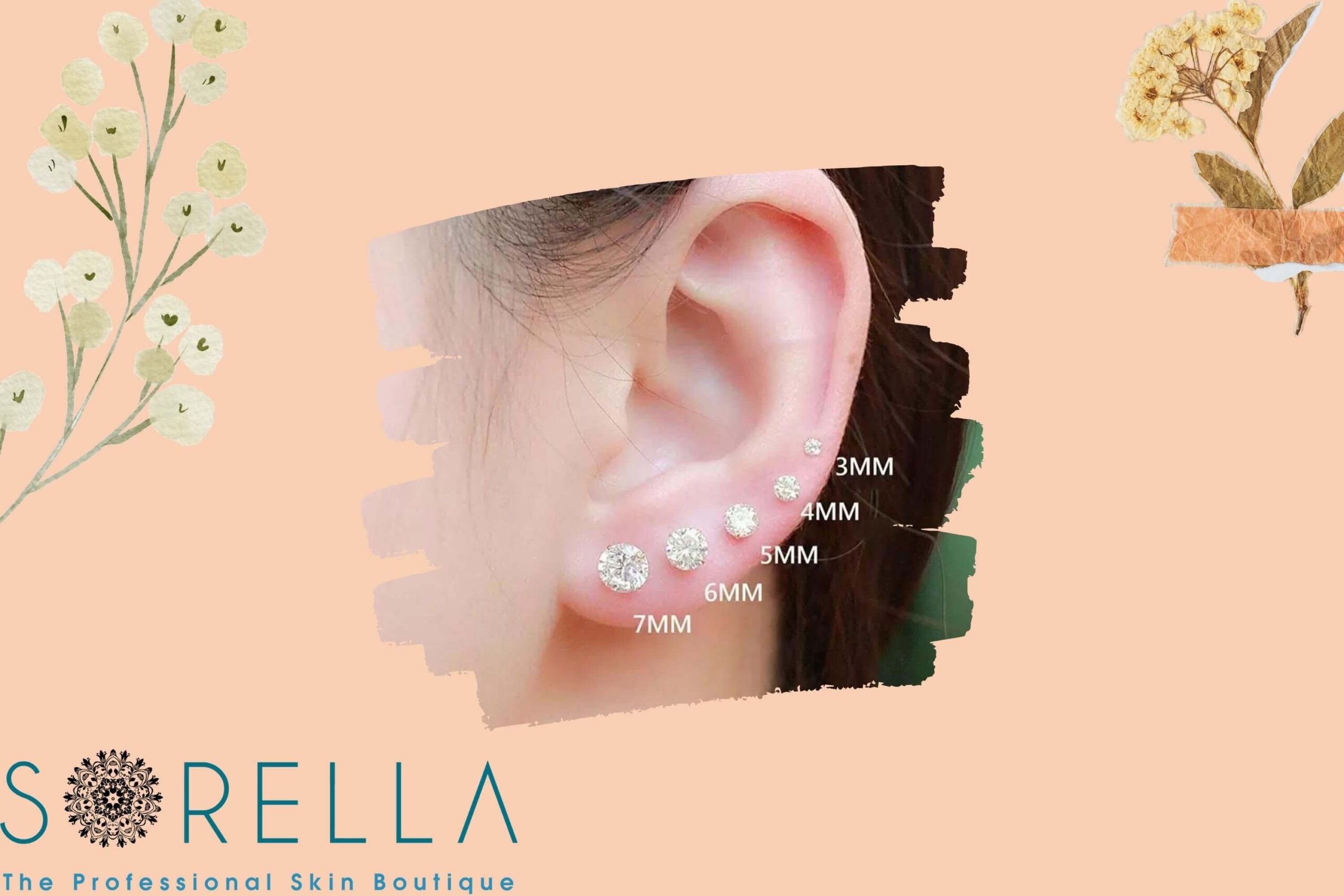
The appropriate length of jewelry varies for each piercing. Reputable piercing studios are knowledgeable about these variations, so it is not solely your responsibility, but it is certainly beneficial to be aware of them. Additionally, the style of jewelry you select influences the healing process of your piercing.
Eat well
Low blood sugar could lead to feeling dizzy or even faint during the piercing, which is not ideal.
We suggest eating some food, preferably a nutritious meal, at most two hours before your appointment. This will help keep your blood sugar steady.
So it is important to eat some food, or even a nutritious meal, at least two hours before your appointment. If you don’t have time for it, rest assured that most stores will have candy or nutrient bars for customers to consume before the session.
Unfortunately, this can happen anyway, as some people are more prone to sudden drops in blood sugar or just get queasy at the sight of needles.
Giving yourself the best chance to avoid this happening is always recommended, so eat up!
Stay hydrated
It is important to stay hydrated before your appointment, so make sure to drink plenty of fluids other than coffee. Water is the best choice, but high-electrolyte drinks like Gatorade are also good options. Avoid consuming alcohol, coffee, or certain medications right before or after your appointment to prevent blood thinning, excessive bleeding, bruising, and extra pain. Sitting still for a piercing after consuming multiple cups of coffee can be quite challenging.
Try to relax
We acknowledge that the idea of getting a piercing can be daunting. Indeed, you are making a rather substantial alteration to your body. Whether you decide to remove your jewelry in a couple of months or a couple of years, or even if you choose to keep it indefinitely, this modification is permanent. There are no opportunities to reverse it!
If you want to – arrange for a supportive friend to go with you. Most piercers will allow this. However – a crowd of hysterical teenagers is NEVER a good idea.
If you feel nervous about getting a brand new piercing, you can bring your friend to join in as emotional support, most piercers are ok with it; however, a group of menacing people repeatedly cheering is NEVER a good idea.
Piercers gonna lose their concentration and make serious mistakes, or there will be a chance of infection if they start to touch things.
Always ask the piercer and check the hygiene, if they use bare hands without washing or the needle appears to be used before without disinfection, it is a no-go.
After piercing
- Keep your jewelry in your fresh piercing for a minimum of six weeks, even during the night. Premature removal of the initial jewelry may lead to the piercing closing.
- Remember to always wash your hands before touching newly pierced areas to reduce the risk of infection.
- Use a gentle, fragrance-free cleanser and water to clean your piercings at least once daily. This routine also helps in preventing infections.
- After washing your piercings, make sure to thoroughly rinse them to remove any soap residue. Take care to avoid letting water enter sensitive areas like your ear.
- Avoid using hydrogen peroxide or antibacterial soaps to clean your piercing, as they can harm the healing skin.
- Refrain from applying makeup just yet, as the makeup powder may irritate the freshly pierced hole.
- Bumps are one of the horrors when you do have a piercing. Make sure to keep the earring and the hole clean so that is not get crushed when you sleep on the side; the position is more comfortable than lying on the back, which is tempting, and sometimes, you just do it unconsciously while you are asleep. If you still want to sleep in your comfortable position, try the neck pillow, put your ear in the hollow part of the pillow, and you are good to go.
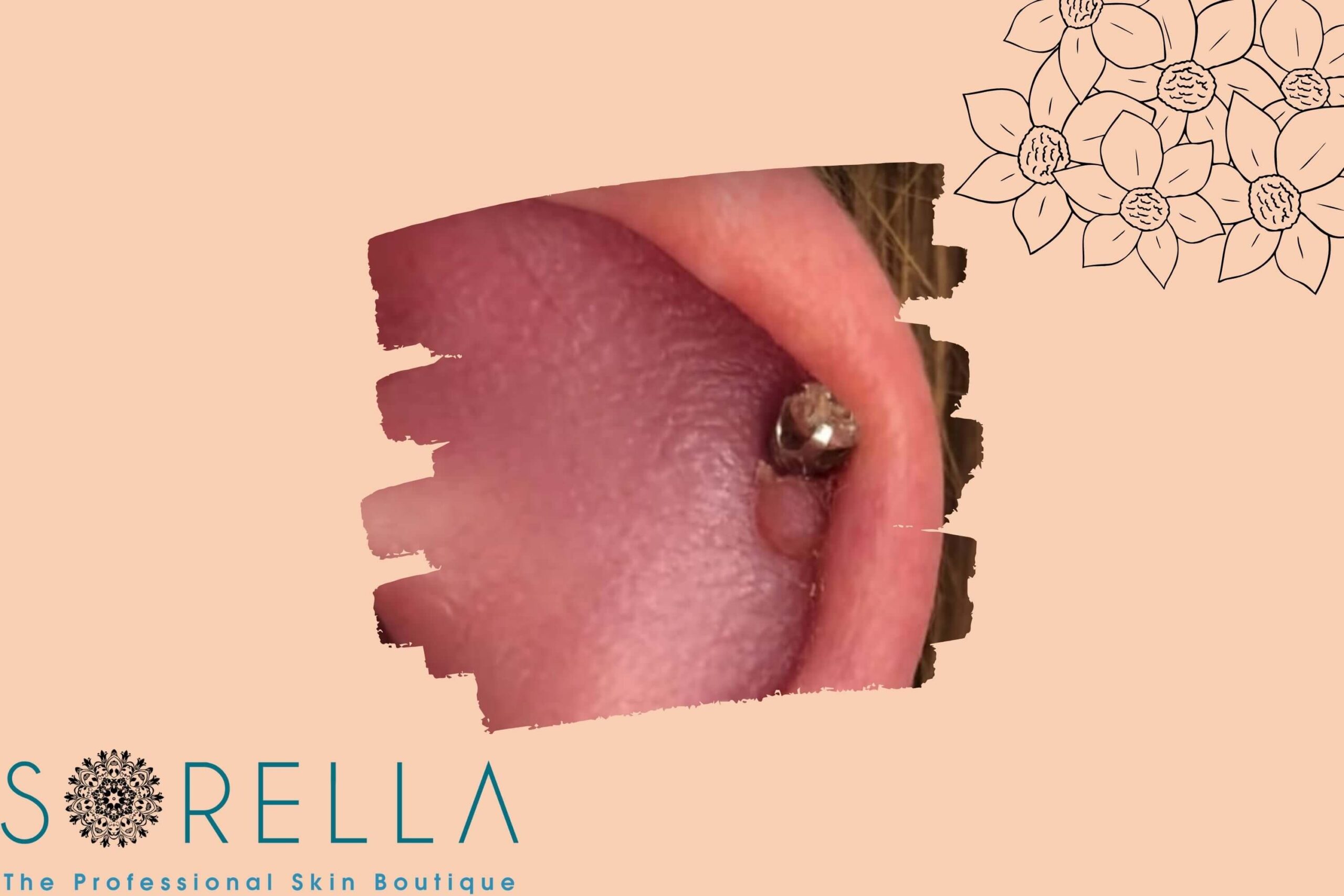
- If you are a swimming lover, you will need to stay out of the pool for a while to wait for your piercing to fully heal. You will never know if there is anything else other than pool water when you swim. Furthermore, the chemicals in the water may cause irritation and even worse, infection.
Tư vấn chuyên môn bài viết:
TS.BÁC SĨ NGUYỄN HỮU QUANG
6 Simple Ways to Remove Nail Polish
Eyebrow sculpting and eyebrow spray: What should you choose in 2023?
Should you use stem cells or collagen for the Lip Spray Process? 4 things that you should know
8 Methods of hair removal that are often utilized
Should you use stem cells or collagen for the Lip Spray Process? 4 things that you should know
Acne: 13 Home Treatments for Pimples to Help You Get Rid of Acne


 中文 (中国)
中文 (中国) 한국어
한국어 English
English

